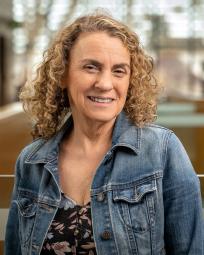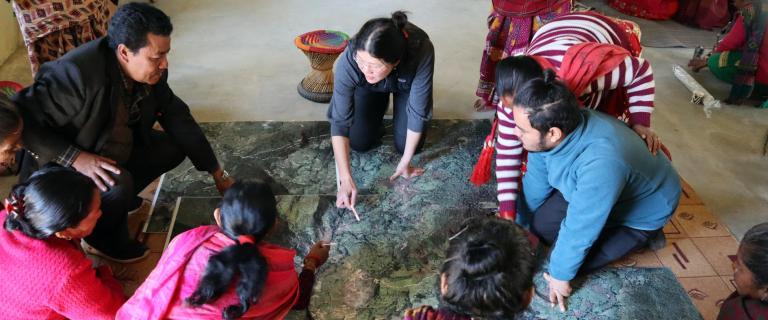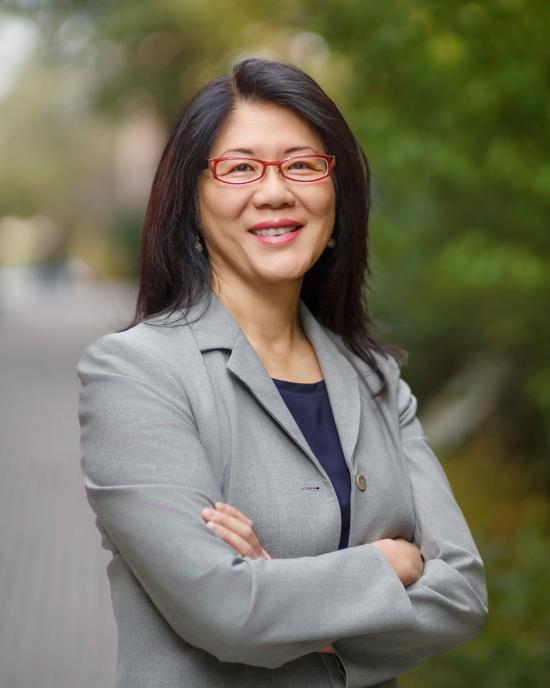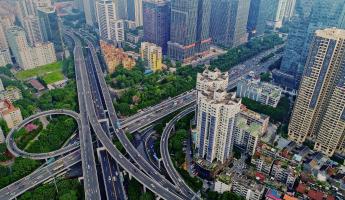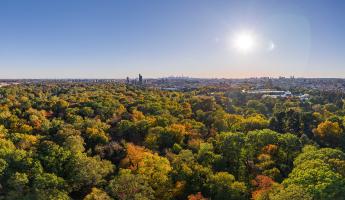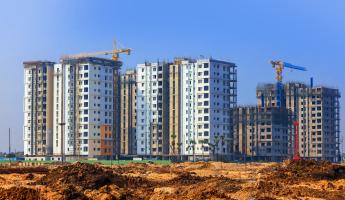One of eight Yale faculty recently elected to the American Academy of Arts & Sciences (AAAS), Seto is the Frederick C. Hixon Professor of Geography and Urbanization Science at YSE and a global leader in research on urbanization and the environment.
Born in Hong Kong, she earned her doctorate in geography from Boston University and has focused her research on urban growth and land change following her dissertation on urbanization in Southern China.
She has been a coordinating author on two United Nations climate change reports, including the recent Intergovernmental Panel on Climate Change 6th Assessment report (IPCC), which outlines how cities have an opportunity to increase resource efficiency and significantly reduce greenhouse gas emissions through smarter design and green infrastructure.
As cities are continuing to take on a greater role in efforts to find actionable solutions to climate change and other environmental challenges, Seto is working to develop the new Yale Center for Cities and Climate Solutions (YCCS), which will bring together expertise from across Yale to address how cities can mitigate and adapt to climate change at scale and create healthier, more equitable outcomes.
In what ways can cities be a positive force in addressing climate change?
Most of the world’s resources are being harvested for consumption in cities. Urban areas generate about two-thirds of global greenhouse gas emissions, and that is increasing as the urban population increases by one million every five days, so the challenge is daunting. If we targeted the 100 largest-emitting cities, we could make a significant dent on up to 18% of the global carbon footprint.
One of the biggest things cities can do is electrify their energy grids and enable households to switch to cleaner energy by offering incentives. Another way is through urban planning and design — designing cities to be more walkable and accessible and locating jobs near housing to enable more non-motorized transport. Municipal governments also purchase many materials, and we can reduce emissions through their supply chains. Another exciting way is to change building codes and construct buildings out of biomass-based materials that can store carbon.
What urban research do you want to pursue in the future?
This is something that we talk a lot about in my lab, given that there are so many different things we can do. Advances in satellite data enabling higher spatial, temporal, and radiometric resolution, coupled with growing computational capacity, have resulted in significant advances in research on urbanization. We think a lot about where we can have the biggest impact and where we can close the knowledge gap the most. How can we apply our skills to the biggest emerging challenges, urban challenges, and global challenges? I’m interested in discoveries that have a direct impact on decisions that can better the planet. Our research is not theoretical. It has real-world impacts on policies, people’s lives, and the environment — and that is both an opportunity and a challenge.
In addition to being an honorary society, the academy also functions as an independent research center. What specific focus do you want to bring to your membership in the American Academy of Arts & Sciences, and what does success look like?
This is a huge honor. The academy spans areas from arts to humanities to the environment. It gives me a different platform to advance the work, and that is very exciting. One of my big missions is to help policymakers and others understand how cities can be a catalyst for generating solutions in sustainability — how they can promote more just, livable, and vibrant communities and play an important role in our efforts to reduce greenhouse gas emissions and biodiversity losses. If I can look back and say that without me in the academy, it would not have advanced these issues, that would be success.
Photo: Karen Seto and researchers work with community groups to analyze high resolution NASA satellite images to plot infrastructure and disaster risk in Dolakha, Nepal, in 2020. Photo courtesy of Karen Seto.
